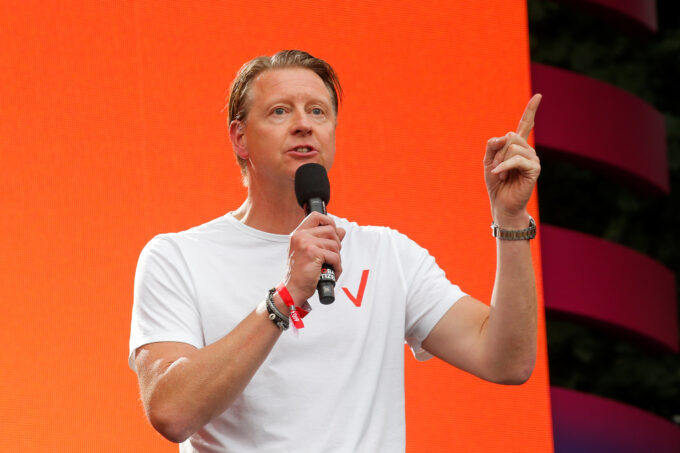If leaders with the right skills and traits succeed in some situations yet fail in others, it raises the question: are leadership core components sufficient to drive organizational performance and success?
The answer is no. According to a study I carried out with my co-author Nik Kinley on over 2,500 senior global leaders, having a strong set of behaviors and internal qualities does not equate to creating a positive impact on organizational results. This is because as leaders move up to senior leadership roles, their jobs become less about doing things themselves that directly drive results, and more about directing and supporting other people in doing so.
For years, the leadership industry has ignored contextual factors that are crucial for effective leadership. These include business strategy, the geo-political conditions, structural changes, the behavior of competitors, organizational culture, the characteristics of teams, and the expectations of what leadership in this organization and its ecosystem should look like. Without context, leaders will not be able to make informed decisions, build relevant strategies, and foster a positive work culture.
A leadership operating system
The importance of context on leadership cannot be understated. In the book Leadership OS: The Operating System You Need to Succeed, which I co-authored with Nik Kinley, we presented a new approach to leadership and how to thrive in challenging times.
Based on research carried out over a 50-year period, the book explores how effective leaders create an operating system for their people, and emphasizes the importance of a well-defined structure to navigate complexity today. Similar to a computer operating system (OS), a leadership OS helps executives to ensure that workstreams and projects are run optimally while bringing out the best in people.
Unlike capability models, this leadership framework sets the tone for the way people interact and work with each other, and allows executives to find ways to optimize their operating environment and produce the best results.
Factors for leadership success
To create an effective operating system, leaders need to focus on three characteristics that are critical to leadership success.

Audio available

 Audio available
Audio available



